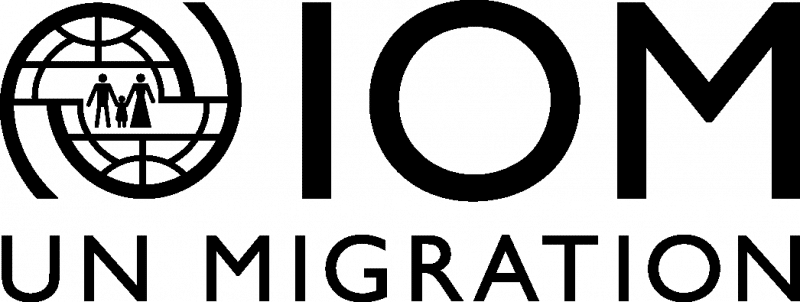Interest Submission Deadline: December 18, 2024
Exhibit Charrette
Communicating Humanitarian Shelter
THE PLANNED CHARRETTE HAS BEEN CANCELED DUE TO THE WITHDRAWAL OF FUNDS.
The Opportunity
Communicating Humanitarian Shelter
The charrette will challenge students to design an exhibit that engages the public’s understanding of the need for humanitarian shelter to support the world’s most vulnerable people. Ten teams of students, with two students per team, will be selected to participate in the charrette. The charrette will take place in-person during the ACSA113 Annual Meeting in New Orleans, LA, March 20-22, 2025.
What is Humanitarian Shelter? A safe and dignified place to live for people who have been displaced due to conflict, disasters, or other international emergencies. It’s a shelter that provides protection from the elements and gives access to essential human needs, such as water, sanitation, healthcare.
Students are invited to submit an interest statement that will address how to effectively communicate concepts relating to humanitarian shelter internationally through design and how its impact can make the world a better place in times of displacement crisis.
About the Charrette
The Association of Collegiate Schools of Architecture (ACSA), in partnership with the International Organization for Migration (IOM), and with the support of USAID’s Bureau for Humanitarian Assistance is delighted to hold a joint student design charrette. The charrette will challenge students to design an exhibit that engages the public’s understanding of the need for humanitarian shelter to support the world’s most vulnerable people.
Benefit & Prize
Each of the ten student teams (two individuals) will be provided expenses to travel to New Orleans to participate in the Exhibit Charrette. The expenses include: air fare (two flights up to $600 each), hotel accommodations (single room with 2 beds), and registration to the ACSA113 Annual Meeting.
A top prize will be awarded (1), in addition to a selected number of honorable mentions, at the discretion of the jury. A total of $5,000 USD will be distributed to the winning project.
$5,000
in prizes
Interest Submission
Deadline: Dec. 18, 2024
Submissions will be accepted through an online interface in October 2024 and must be received online by December 18, 2024. Each student team must have a faculty advisor to complete the online interest submission.
The submission must contain the following:
- Both Students Full Name, Email, Institution & Academic Year.
- Faculty Advisor Full Name, Email & Institution.
- Travel Acceptance: I acknowledge and understand the charrette will be held in New Orleans, LA, and both members of the student team I am submitting for are willing and able to travel to participate in the in-person charrette.
- Knowledge Acceptance: I acknowledge and understand that the student team must view both Communicating Humanitarian Shelter Webinars to be able to participate in the charrette. These include the essential basic knowledge on Humanitarian Shelter.
- 250-word interest statement on why your team would like to partake in the charrette along with a sample of design work, in a single letter (8 ½” x 11”) in PDF format.
Faculty Responsibility
It is the responsibility of the faculty advisor to complete the online interest submission on behalf of the student team. The faculty advisor will need to log into the ACSA website, with your personal credentials, to complete the online interest submission. Faculty will be included in correspondence but are not required to come to New Orleans. By completing an interest submission for a student team, the faculty advisor certifies that the students can represent the school. No more than one team will be accepted per institution.
Interest Submission Deadline: Dec. 18, 2025 – CLOSED
Oct. 9, 2024 | Submission Site Opens |
Oct. 28, 2024 | |
Nov. 26, 2024 | |
Dec. 18, 2024 | Interest Submission Deadline |
Jan., 2025 | Teams Selected |
Mar. 20-22, 2025 | ACSA113 Annual Meeting & In-Person Charrette |
Eligibility
The charrette is open to currently enrolled students from all ACSA member schools worldwide. Students must work in teams of two individuals and only one team will be accepted per institution. Interdisciplinary teams are encouraged, but at least one team member must be in an architecture program. Each team must have a faculty advisor to complete the online interest submission. There will be no fee for eligible students to participate in the charrette.
Exhibit Design
The winning exhibit design team will work with IOM to further develop and build the exhibit for display.
Review Process
A review panel made up of IOM and ACSA leadership, will read and select the ten teams of students.
Jury
Jurors will be invited to attend the ACSA113 Annual Meeting to work with the charrette teams and select the final winner of the charrette on-site.
Charrette jurors below.

Nancy Doran
USAID & BHA
Nancy Doran is the USAID/BHA Shelter and Settlements Global Team Leader based in Washington DC. With over 25 years of experience in socially responsible architecture, urban planning, community development and emergency response, her work focuses on bringing real solutions towards fostering inclusive and resilient communities. After 15 years working in the private sector as an architect and urban planner, she joined the team of Architecture for Humanity founding and directing their first Urban Planning Studio, leading community planning and emergency architecture projects through the neighborhood approach in dense urban slums.
Read More
In 2014, she established her own studio, Urban Collaborative, an interdisciplinary architecture and urban planning firm providing Planning, Architecture and Engineering services for USAID, Habitat for Humanity, UN-Habitat, UNOPS, Global Communities and CRS. Over the years she has succeeded in bringing quality technical planning and design services to communities most in need. At the core of her work’s success are the principles of a community-driven process, facilitating existing local communities to build capacity from within.
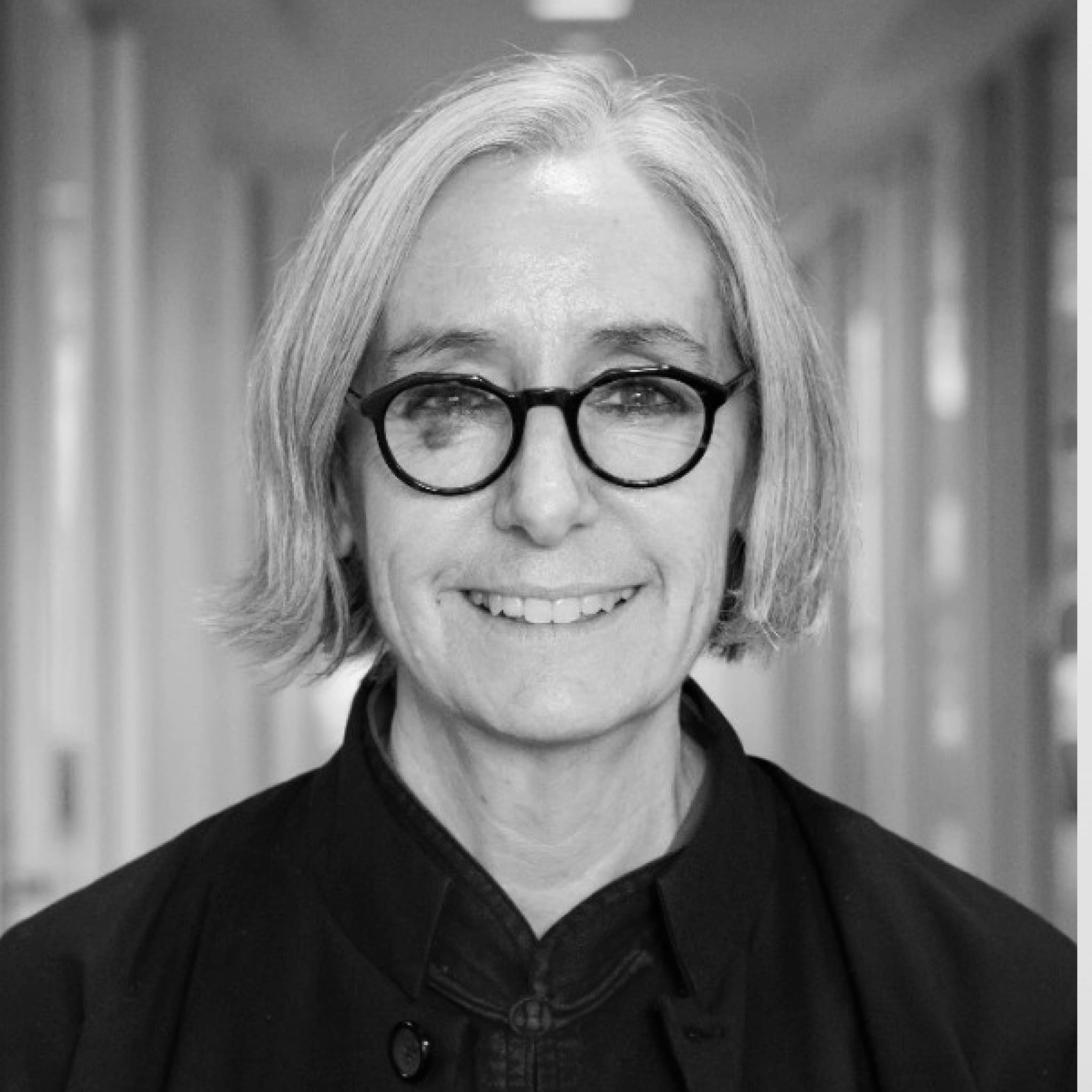
Victoria Kiechel
American University
A practicing architect and urbanist, Victoria Kiechel is Hurst Professorial Lecturer in the Department of Environment, Development, and Health in American University’s School of International Service, where she teaches Climate Resilient Cities, Environmental Sustainability and Global Health, Global Cities, Sustainable Design and LEED, Tactical Urbanism, and the Climate and Conflict Migration practicum and capstone. The inaugural recipient of AU’s Most Innovative Green Teacher of the Year award, she is also an Academic Fellow at New York University – Washington, DC.
Read More
Through her work with the Cadmus Group, Vicky has supported the creation of climate-resilient buildings, infrastructure, and policy for diverse clients, including the U.S. Green Building Council, the U.S. EPA, the Appalachian Regional Commission, the Smithsonian Institution, Arlington, Virginia, and TripAdvisor. Vicky received her B.A. from Yale University; her B.A. and M.Phil. from Oxford University as a Rhodes Scholar; and her M.Arch. from the Harvard University Graduate School of Design.

Diane Rhyu Taylor
National Building Museum
Diane Rhyu Taylor is a multidisciplinary architectural designer and educator working at the intersection of culture, climate, and the built environment. Diane’s work focuses on amplifying the role of the built environment in shaping human experience. She has worked across architectural practice, the humanitarian sector, and cultural institutions in France, Indonesia, Bangladesh, and the US. She is currently the Director of Public Programs at the National Building Museum in Washington, D.C, where she bridges practice, education, and public engagement.
Read More
Previously, she served as an architecture advisor to the United Nations World Food Programme in Bangladesh, developing the Resilient Landscapes Initiative as part of the Rohingya refugee response. Diane has also taught workshops examining the interplay between craft, material culture, and design, and co-curated Objects in Conversation, an exhibition interrogating the relationship between cultural narratives and design identity. She holds a master’s in architecture from the Harvard Graduate School of Design and studied Architectural History and International Relations at Brown University.
Image Credits
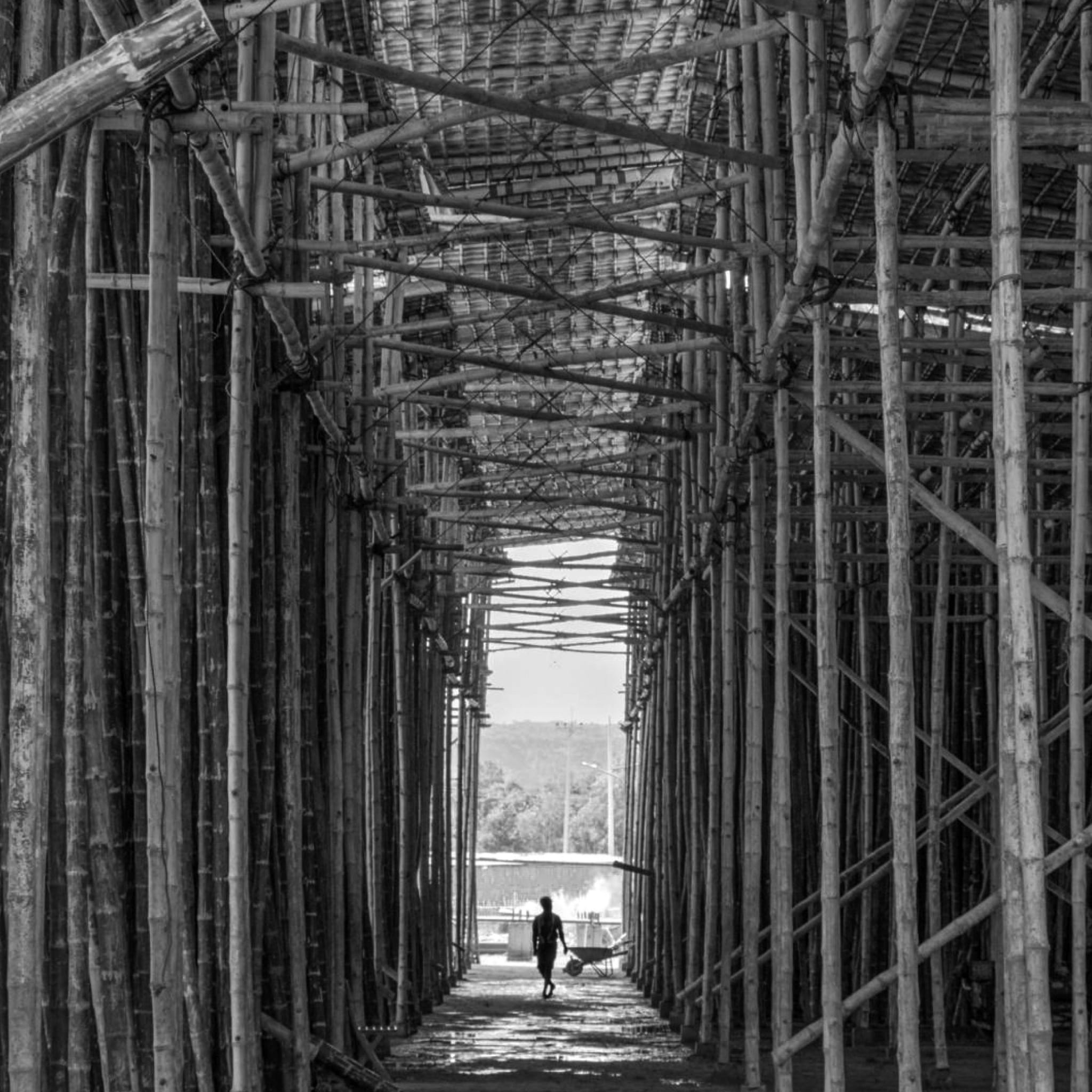
©Nate Webb / IOM
The Bamboo Treatment Facility in Cox’s Bazar, Bangladesh increases the lifespan and structural integrity of shelters in the district by preparing and chemically treating the humanitarian response’s primary building material (bamboo) – enhancing material durabilit and reducing environmental degradation by minimizing material usage/replacement… There are strict measures in place to limit the environmental impact on this process, aiming for zero sum accumulation of the chemicals used.
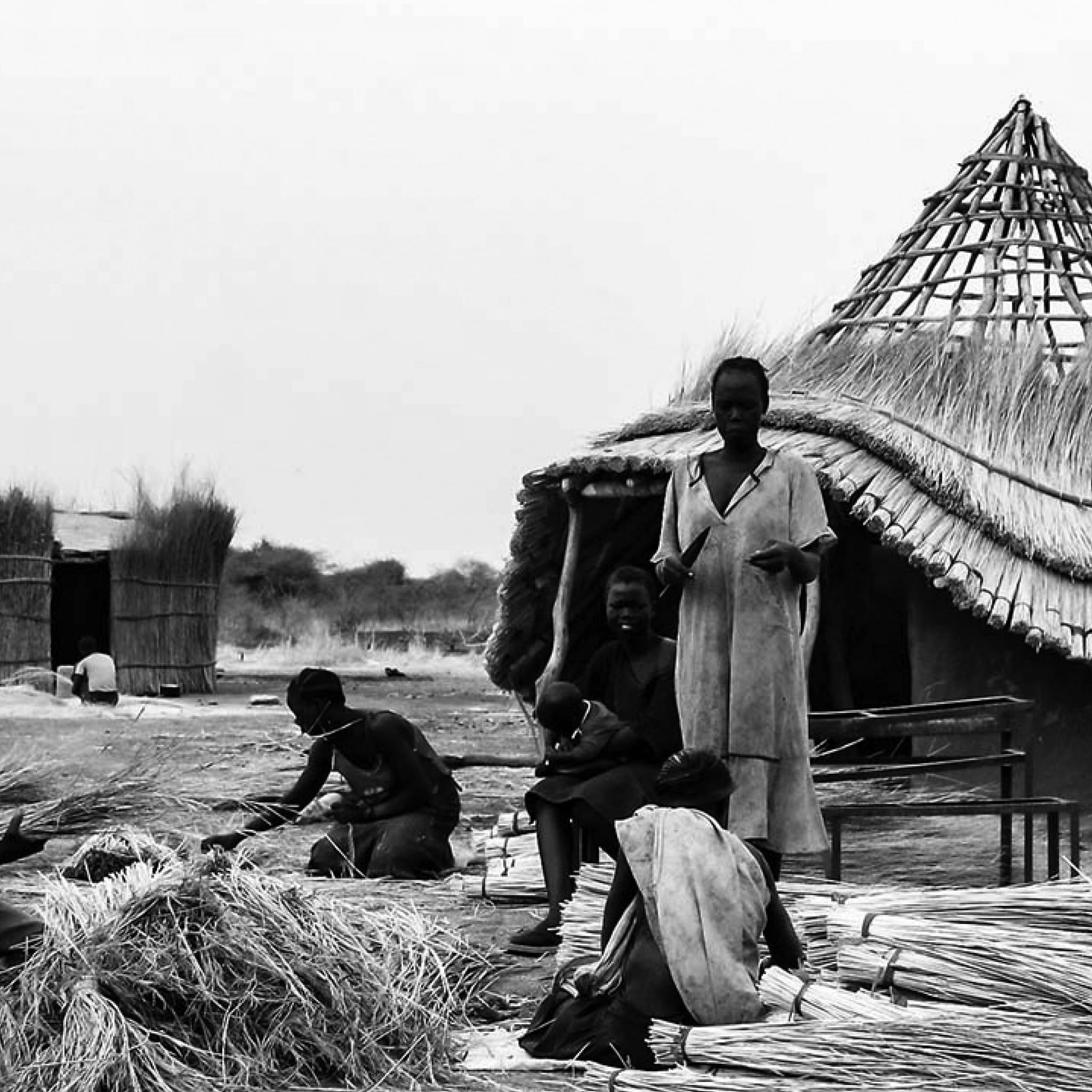
©Eva Samalea
2018 Competition: Group of women preparing grass for thatched roof in Kolom, Abyei, South Sudan.
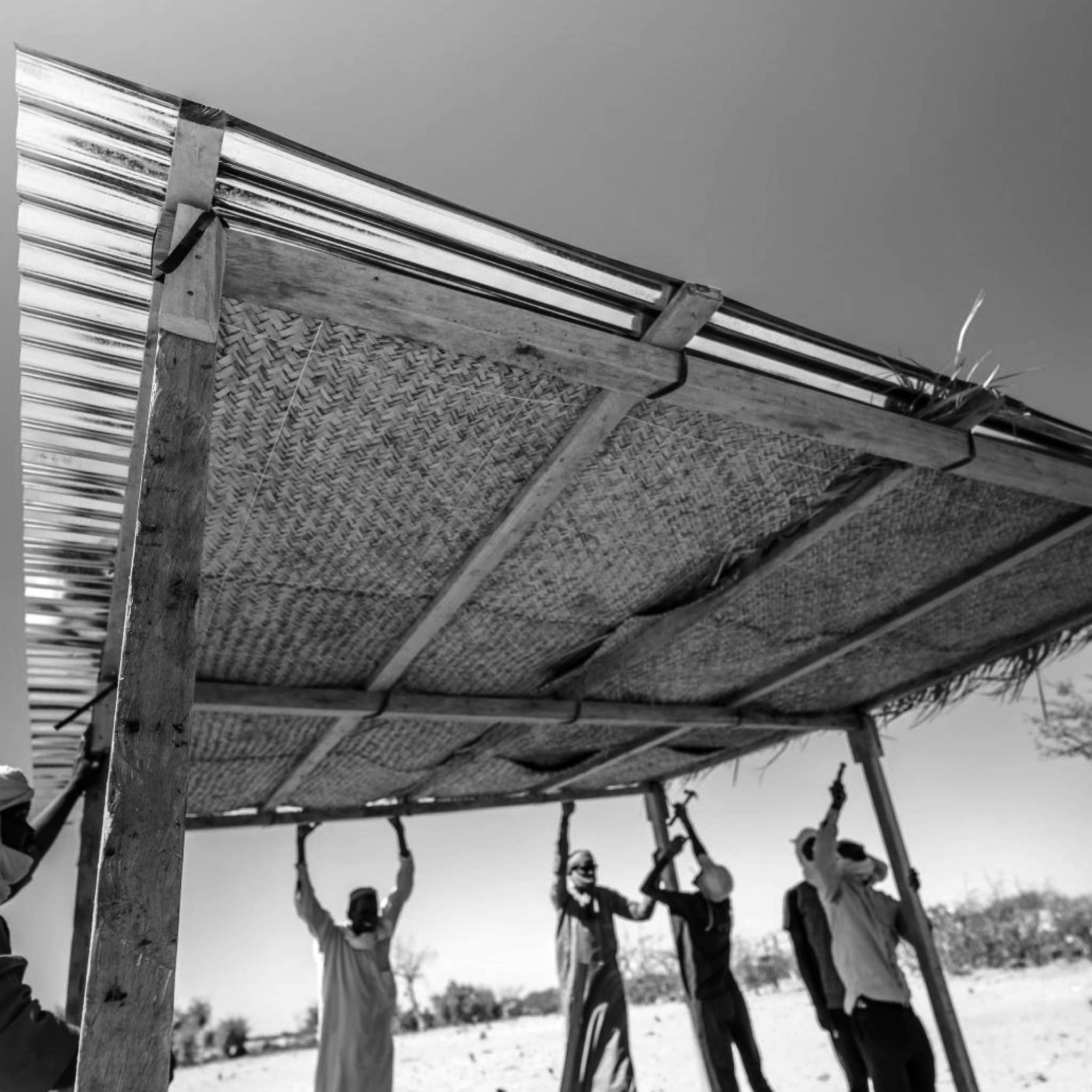
©Andrea Ruffini / IOM Chad
Internally displaced persons working on shelter construction.
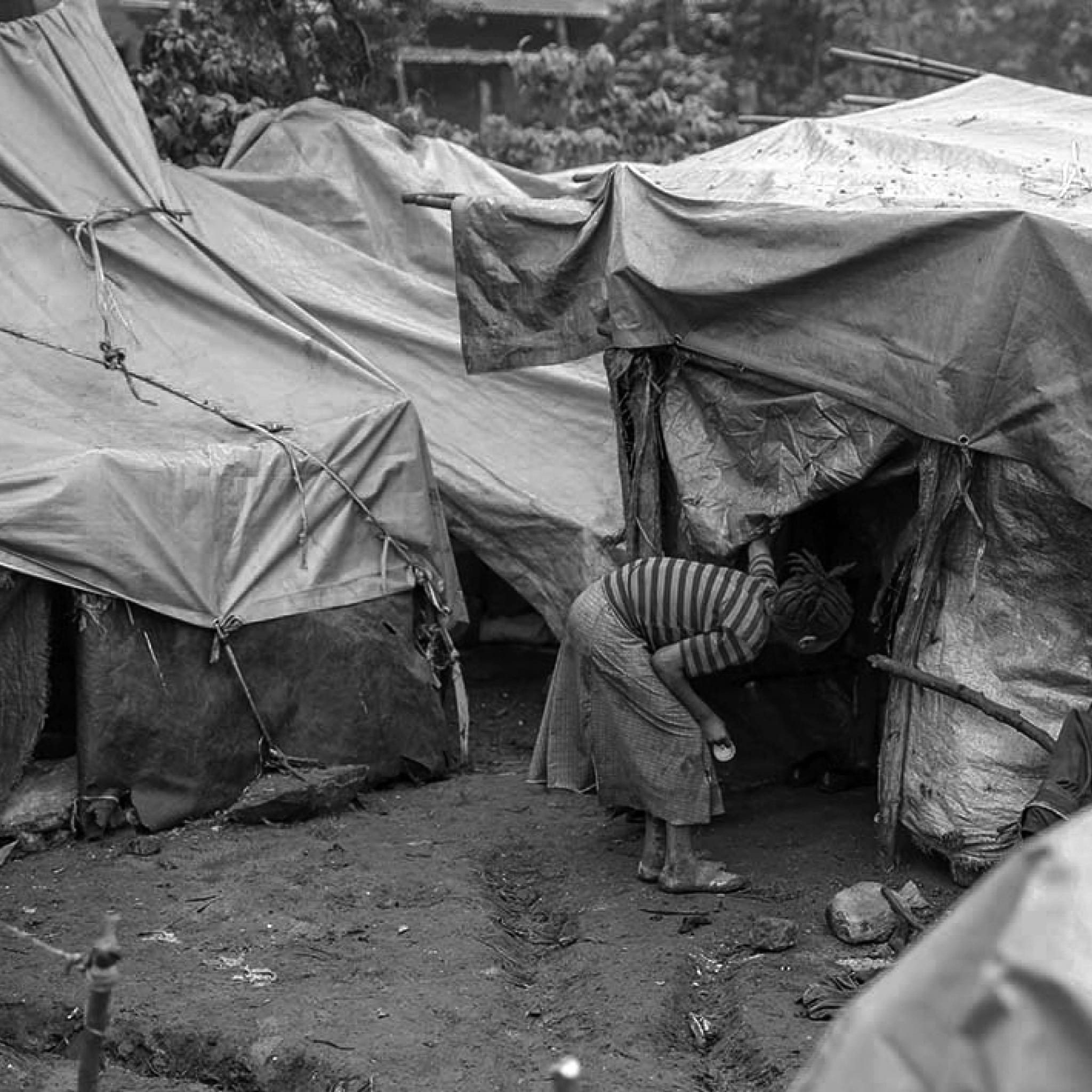
©Olivia Headon, IOM
2018 Competition: A young girl peers into a makeshift shelter on the grounds of a church, which temporarily gave land to thousands of people, who were displaced with little to nothing by fighting between two communities neighbouring each other. West Guji, Ethiopia.
Charrette Organizers & Sponsors
Edwin Hernández-Ventura
Programs Coordinator
ehernandez@acsa-arch.org
202-785-2324
Eric Wayne Ellis
Senior Director of Operations and Programs
eellis@acsa-arch.org
202-785-2324

 Study Architecture
Study Architecture  ProPEL
ProPEL 
